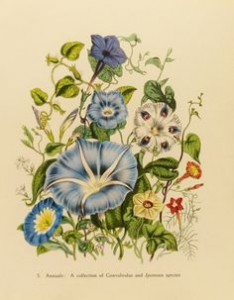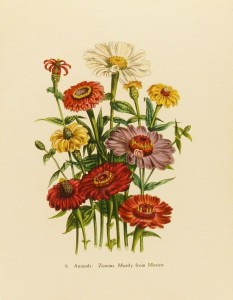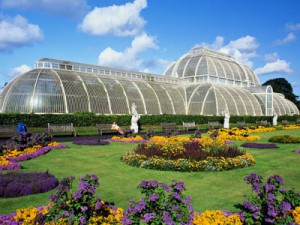Botany is branch of science that deals with the study of structure, classification, genetics, ecology and economic importance of plants.
Botany had become one of the most popular fields of Science during the Victorian era in 1837 to 1901. Unlike other scientific disciplines, Victorian Botany was rather inclusive of the general public. Adults and children alike enjoyed the practice of Botany. However, there had been various disagreements between the Victorian female botanists and their male counterparts; and the elite botanists and the hobbyists.


Popularity of Victorian Botany
Here are the five main reasons for the public’s active participation in botanical studies:
- Simple – Botany was perceived to be easy during the early Victorian period. Using the initial Linnean Taxonomy, or classification system, plant indentification and categorization were a simple task.
- Affordable – Victorian Botany did not require high-end and expensive equipment. The primary materials that were needed were only the following:
Freshly picked plants
tinbox
hand magnifying glass for identification
books for identifying and classifying plants
Sanitary papers for moving the plants
- Devout – Botany was associated with natural Theology whereas plants appeared to be as a divine confirmation of God’s existence.
- Feminine – Since Botany did not include killing or dissecting other organisms, the domestic and traditional skills of the women were deemed appropriate to such practice. It was perceived to be similar to flower arranging and flower painting.
- Healthy Leisure – This activity paved the way for outdoor excercises and respectable experiences, especially for the Victorian female botanists. Further, this provided the botanists to meet other people. Botany had seen to become an extension of the rising interest of the middle class during the Victorian period.
Profession and Hobby
Due to these aforementioned reasons, there became an apparent split between Botanists, particularly between those small numbers of male elites who referred to Botany as a serious philosophical science and those majorities, mainly women, who simply enjoyed tending plants and flowers. Historical accounts and literature, on the one hand, featured gardening to be a part of the domestic work of women.

Paradoxically, as the Victorian era approaches the full blown industrialization which implies the shift of interest to factories and machines, more people rather became hooked with Botany or gardening in general. This followed the establishment of various government-owned gardens such as the Royal Botanical Gardens at Kew and London Garden Squares.